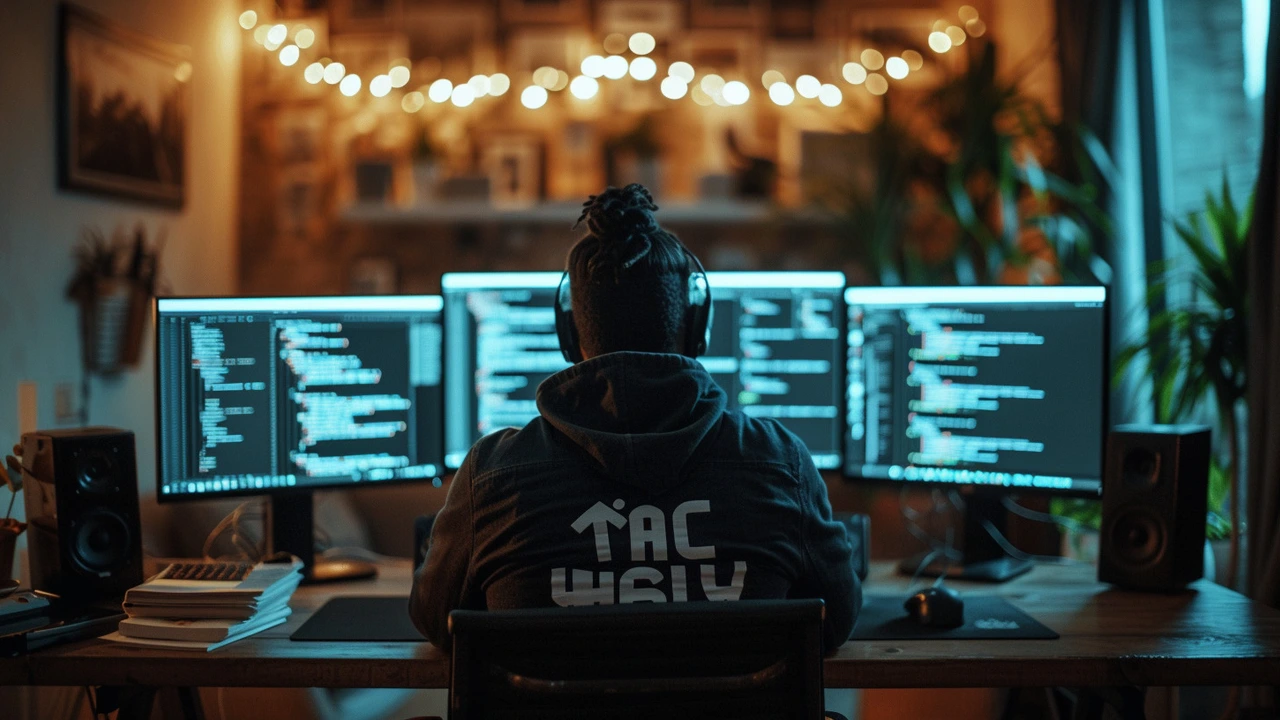Coding Tutorials: Your Shortcut to Real‑World Programming Skills
Ever felt stuck on a coding problem and wished there was a simple step‑by‑step guide? You’re not alone. This page gathers the most useful coding tutorials so you can jump straight into writing code that works. Whether you’re just starting out or need a fresh angle on a familiar topic, we’ve got you covered.
Why You Need Structured Tutorials
Learning on your own can feel like wandering in a maze. Structured tutorials give you a clear path, so you spend less time guessing and more time building. They break down complex ideas into bite‑size chunks, let you see how each piece fits, and often include real examples you can copy and test right away. That means fewer frustrated nights and more confidence when you open your IDE.
What Makes a Good Coding Tutorial
A solid tutorial does three things: it explains the why, shows the how, and lets you practice. First, it tells you why a concept matters—so you’re not just memorizing code. Next, it walks you through the steps with clear screenshots or code snippets. Finally, it gives you a small project or challenge to try on your own. Look for tutorials that follow this pattern, and you’ll see faster progress.
One of our favorites dives into the “road less traveled” for beginner coders. It uncovers hidden tips, like using a simple pen‑and‑paper flowchart before you start typing, or leveraging browser console tricks for quick debugging. These unconventional methods may feel odd at first, but they often cut debugging time in half.
Another tip that pops up often is the power of naming. Giving variables and functions clear, descriptive names saves you from endless scroll‑throughs later. It’s a tiny habit that pays off big when you revisit old projects or collaborate with teammates.
If you’re stuck on a bug, try the “reverse‑engineer” method. Instead of chasing the error forward, start from the output you expect and work backwards to see where the code diverges. This approach forces you to think about the logic flow and often reveals hidden assumptions.
Most tutorials also include a cheat sheet at the end. Keep it handy—whether it’s a list of common Git commands, a quick reference for array methods, or a reminder of how to set up a local server. A cheat sheet turns a long‑winded article into a quick‑lookup tool.
To get the most out of any tutorial, set a small, achievable goal before you start. For example, decide to build a basic to‑do list app by the end of the session. Having that target keeps you focused and helps you measure real progress, rather than just scrolling through pages.
Finally, don’t treat tutorials as a one‑time thing. Revisit them after you’ve built a few projects. You’ll notice details you missed the first time, and those extra nuggets often become the tricks you share with others.
Ready to level up? Browse our collection, pick a tutorial that matches your current skill level, and start coding. Remember, the best way to learn is by doing—so fire up your editor and turn those tips into working code right now.

Coding Tips: The Road Less Traveled by Beginner Coders
Hey there! In my latest article, we navigate the less traveled coding paths, often overlooked by beginner coders. It's a treasure chest of insightful coding tips and tricks waiting to be discovered. From understanding the importance of problem-solving to learning unconventional debugging methods, we delve into a wonderful journey of discovery. It's all about embracing the unconventional, and who knows, the road less traveled could be the way to your coding success.